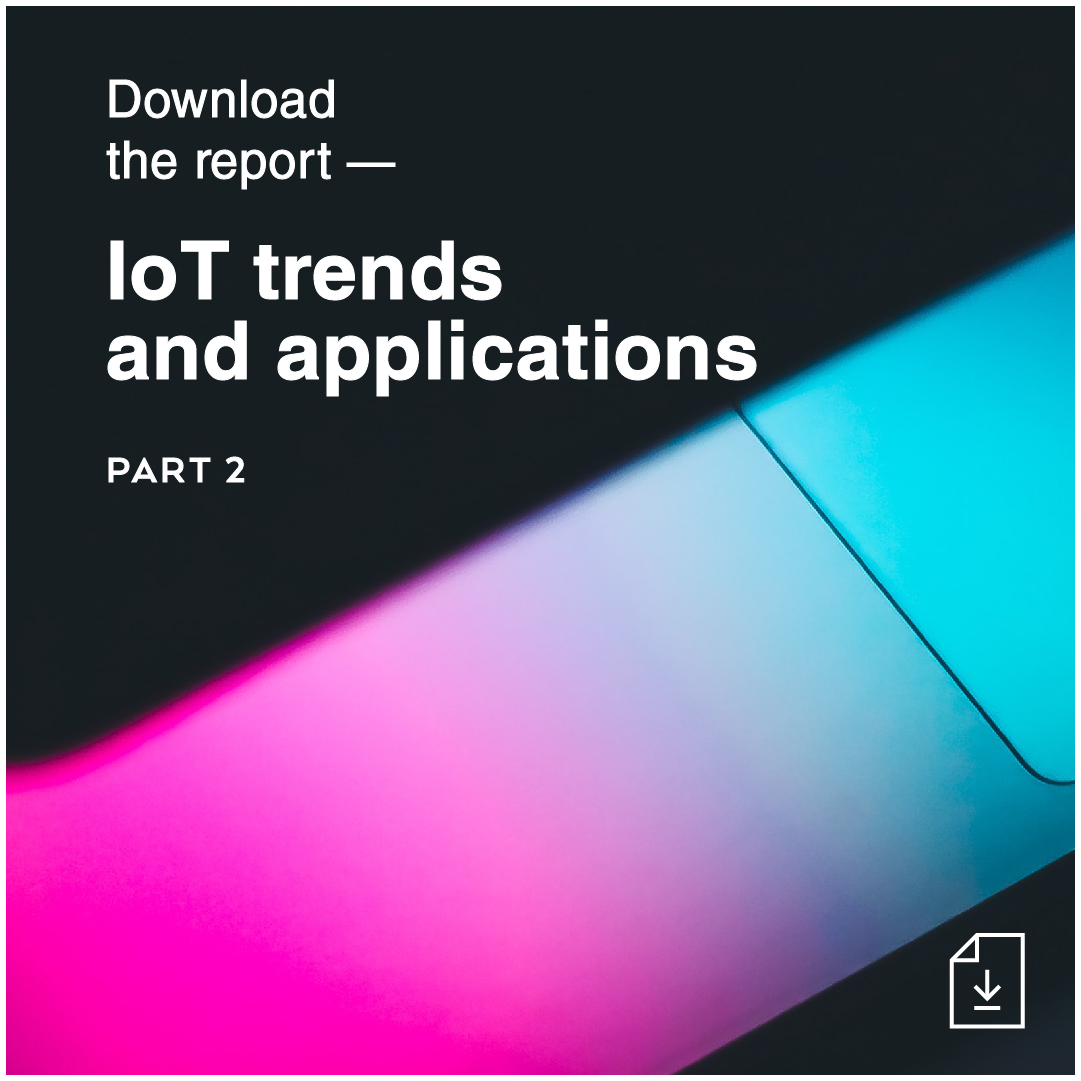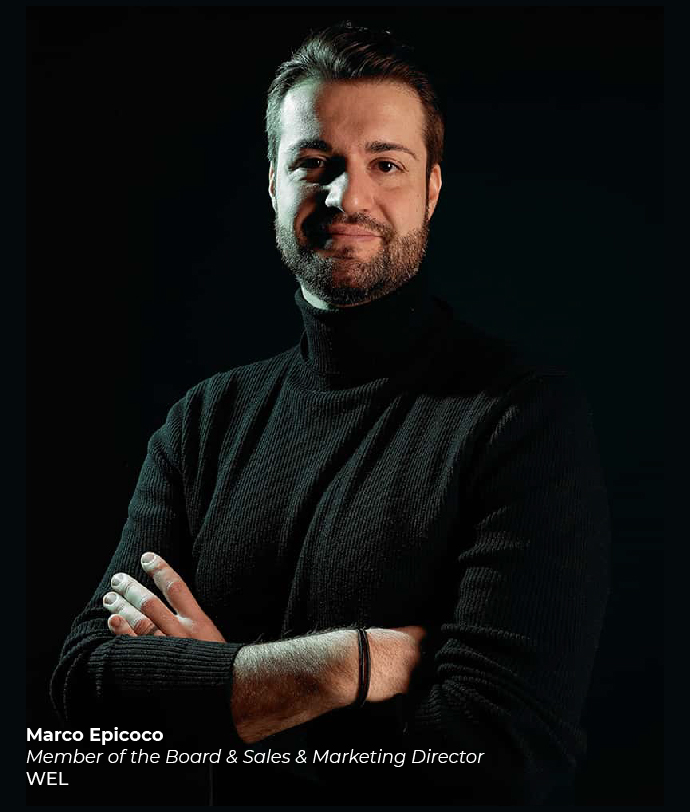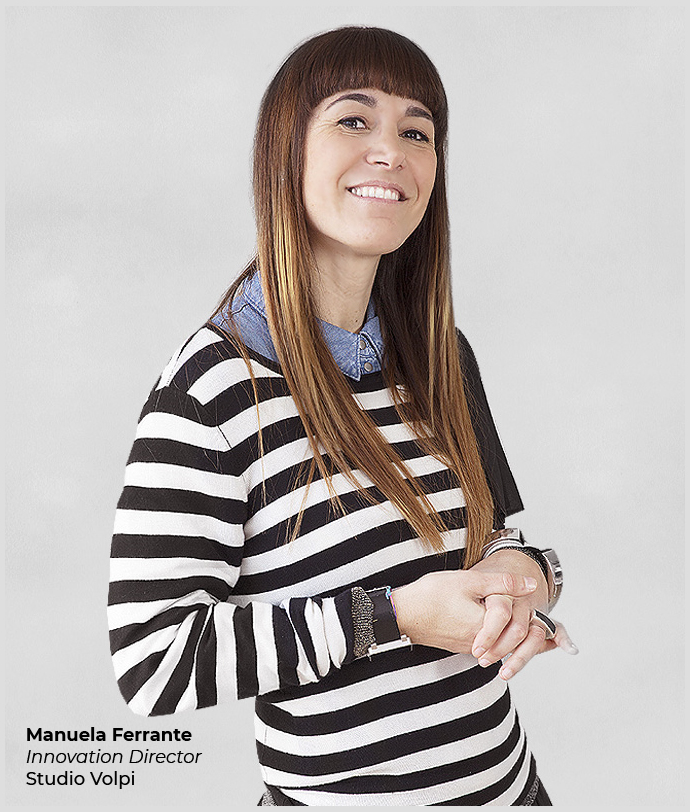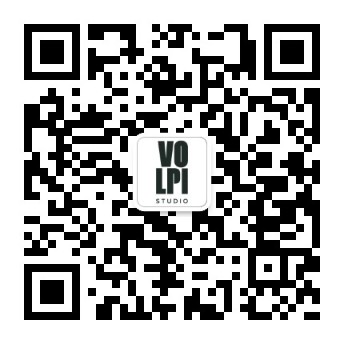The love-story started off as a LinkedIn flirt and led to a fully fledged partnership between Studio Volpi, an established agency known for its integrated Design, Engineering and Branding approach, and a young, innovative startup specialised in IoT. Together, we deliver solutions that are highly innovative and forward-looking, but which also stand on a solid understanding of every facet of the clients’ business.
Among the first, successful projects handled in tandem, the design of an ad-hoc solution for a tourist bus company that not only solved the initial issue, but also helped boost the company’s business and level of service. The automotive industry is one of IoT’s most promising fields of application where multiple stakeholders can benefit from specific life-and-business-improving solutions: drivers and passengers; manufacturers and commercial networks.

Why over how
The Internet of Things industry has been growing at a staggering annual rate of over 70% in the past years. IoT seems to be the buzzword in today’s world economies, along with “Industry 4.0”, and it comes to no surprise that everybody is now, in one way or another, riding that wave in a claim to modernity and efficiency.
There is a good reason to this, IoT can effectively deliver on its promise to unlock a business’s full potential, maximising revenue, reducing go-to-market time, containing costs and improving quality. In other words, it is a true industrial revolution.
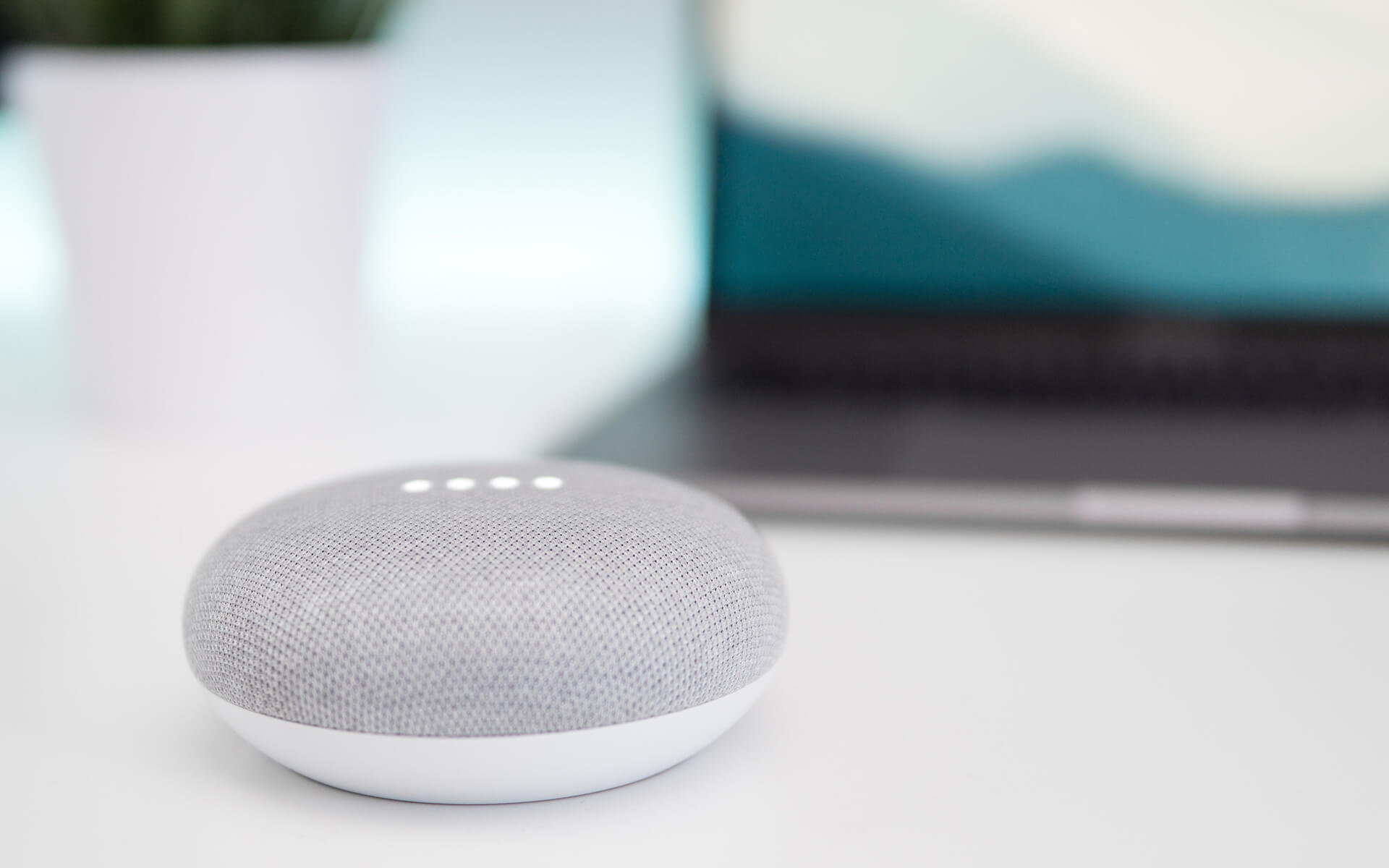
Normally, clients requesting the IoT digitalisation of a process or a product would first get quizzed over every technical aspect of the solution they’re thinking about implementing, and how they would like it to work. Developers would then set off concocting it from a technical point of view, which they perfectly know how to do.
But rather than concentrating on the “how”, maybe the right question to ask is “why” clients are considering a certain solution. Most of the times, they are left to decide on their own as to what technically works best for their process or product, without any real, deep competence. This may result in the wrong choice being made and a technically perfect IoT project not really fitting the bill. Understanding a client’s business, processes and even identity before embarking on a specific IoT path may well save that client a fair amount of time and money.
The SV-WEL approach
IoT is a complex and intelligent, one would dare say “cognisant”, ecosystem of relationships between the digital world, the physical one, products and individuals. The SV-WEL proposition consists in designing a system, an object or even an experience, of which IoT is an integral part instead of being a mere add-on.
The Studio’s background and experience in design, branding and engineering becomes instrumental in identifying the “why” factors that will help finding the best IoT solution. WEL, in turn, gets to work in the right direction from the start and can concentrate on doing what it’s best at: being incredibly agile and delivering stunningly creative and innovative solutions that go beyond the current Industry 4.0 standards.
The strategic approach of SV-WEL to an IoT project starts with thinking about its design. The goal is not to help the end user of the system to make a decision, but to create a system that ensures that a decision is never made. This preliminary stage, or anticipatory design, develops on two levels: the quest for powerful solutions to complex problems on one hand, and on the other hand what can be called “opportunity scouting”, i.e. the search for new opportunities.
Strategic design thinking normally takes the shape of a workshop that builds connections across various disciplines as, often, a single knowledge area is insufficient to address the task and provide solutions. The first objective is to understand all the aspects of the problem at hand, identifying stakeholders, processes, offerings, customer journeys, personas and various scenarios. The exploration phase comes next, brainstorming and examining options, producing moodboards and sketching potential solutions. The material phase comes last, co-designing the solution, prototyping it and defining its storytelling.
The 4D method
SV-WEL have rationalised that process, which can be divided into four main stages: Discovery; Design; Development and Delivery.

DISCOVERY: getting to know the product or system, in terms of design, engineering, user experience and electronics. This initial phase produces the project’s specifications and the essential features of the “minimum viable product”. The discovery phase also contemplates, once the concept has been proved, the design of the product’s electronic components, based on PCB routing, sensors, prototyping, and testing.
DESIGN: this phase mainly concerns the interface of the IoT system, namely the user or its administrator. The Studio’s experience in UX and User Interface is instrumental here. This phase goes through an extensive process involving user interviews, user experience mapping mockup generation and wireframe design, through to the final testing and delivery of the interface.
DEVELOPMENT: divided into front-end and back-end activities. While the back-end is focussing on the integration with the client’s admin systems and the definition of data for hub collection, as well as the definition of KPI’s for the dashboard configuration, the front-end concentrates on the functionality, the integration and the developmental framework.
DELIVERY: the final stage of the project which includes the testing, fine-tuning and possible solving of any problems that may occur, and the official release of the interfaces.

Cosy yet fully scalable
SV-WEL’s proposition is highly competitive for at least two reasons. The first one being its relatively small size, compared to traditional mainstream providers. This results in physiologically close-knit teams in which those in charge of designing the experience work side-by-side with the developers of the technical solutions, right from the initial conceptual phase, in a context of “pragmatic creativity”. The project thus stands every chance of starting off in the right direction. The second reason is SV-WEL’s capability to scale any project from startup size, through to mid and large scale thanks to our flexibility and the availability, at a moment’s notice, of solid, multidisciplinary backup resources.
Looking at a connected future
Verticalising and integrating competences around IoT is Studio Volpi’s bet for the near future. The new industrial revolution requires a new way of thinking, as the old paradigms governing the electronics industry have become inexorably obsolete. A cross-disciplinary, strategic approach based on a solid multi-perspective analysis and a profound knowledge of industrial processes as well as on an established competence for marketing and communication, is possibly the best way to provide developers with the most useful input to work on solutions that truly make a difference. Partnering with WEL was a strategic choice privileging talent, creativity and true pioneering spirit.
-
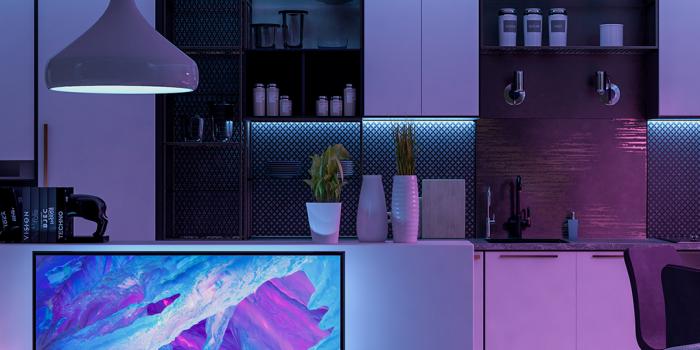
-
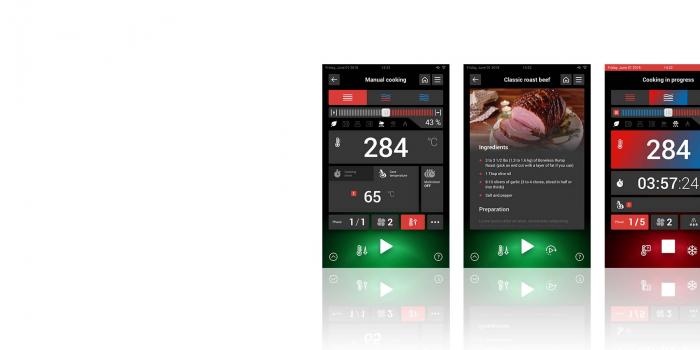
-
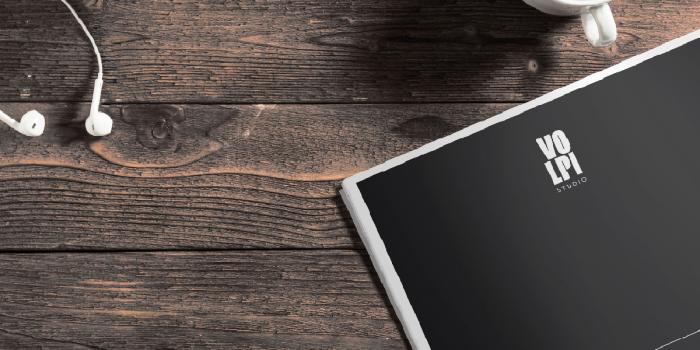
Perspectives Mar 30, 2020
KITCHEN 4.0: HOW DIGITALIZATION IS CHANGING THE RULES
Technological updating and the integration of an interconnected soul are turning modern professional kitchens into a perfect example of the 4.0 industry, where the product and its super digital powers become a tool to improve working conditions, enhance productivity, monitor the processes to achieve better results and create new business models





